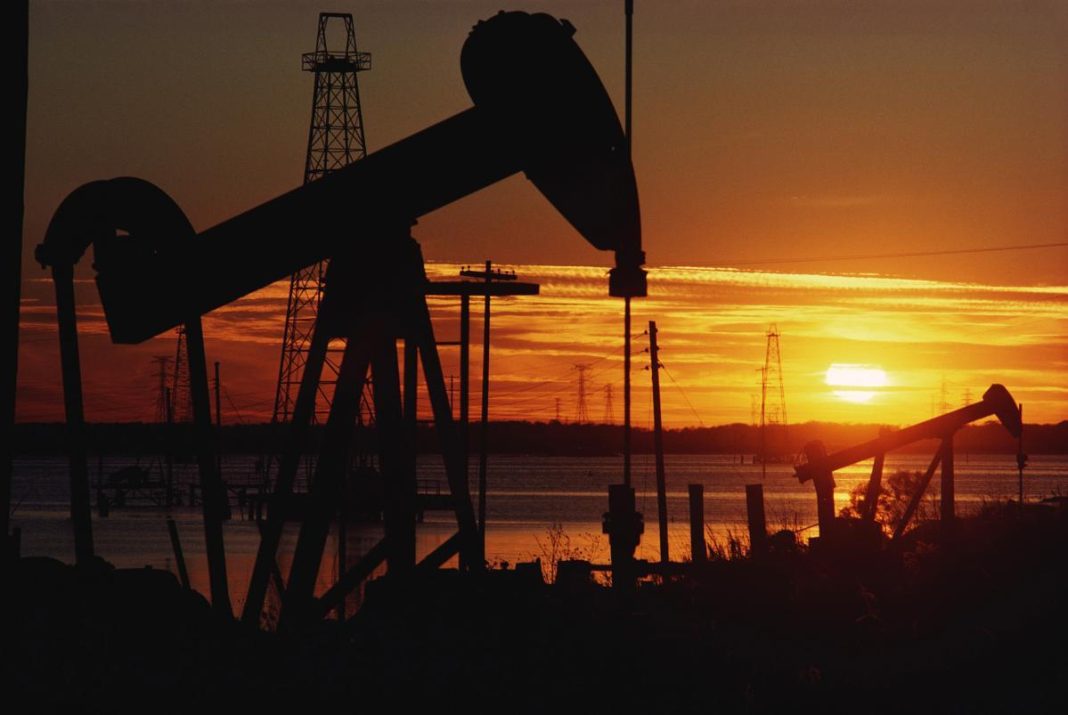As of the end of 2023, the share of crude deliveries to the bloc in Moscow’s overall exports has slumped from 40-45% before the Ukraine conflict to 4-5% now, the official said in an interview with the Rossiya24 broadcaster on Wednesday.
Last December, the EU, G7, and their allies imposed an embargo on seaborne Russian oil along with a $60-per-barrel price cap on other types of crude, in an effort to curb Moscow’s energy revenues. Similar restrictions were introduced in February for exports of petroleum products. The agreed ceiling for diesel is $100 per barrel, and $45 for discounted products such as fuel oil.
In response, Russia – once Europe’s biggest supplier – has been diversifying its energy supplies and rerouted about 60% of its oil and gas exports from the EU to Asian countries, Finance Ministry data shows.
Meanwhile, a number of Western officials have repeatedly pointed out that oil from Russia is still entering the EU market despite Western sanctions, flowing through intermediaries at a much higher price.
According to Novak, China accounted for about a half of Russia’s energy exports this year, with the deliveries ranging between 45% and 50%. In the first ten months of this year Russia supplied more oil and petroleum products to China than during the whole of 2022, the deputy PM noted.
India has become Russia’s second biggest energy importer after China, the official continued. New Delhi’s share of Russian hydrocarbons has surged from 2% to about 40% over the past two years. Before last year, India’s imports of Russian crude were insignificant, due to high freight costs.
Earlier in April, Novak said Russia had diverted 40 million tons of crude out of a total of 220 million tons from the EU to Asia in 2022. According to his estimates, this year Russian oil exports to the bloc will decrease by 140 million tons.
